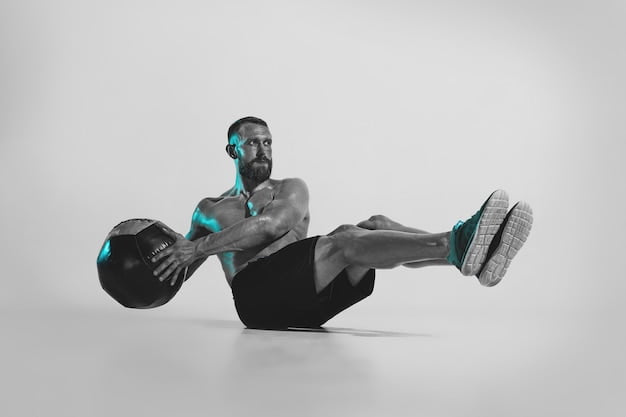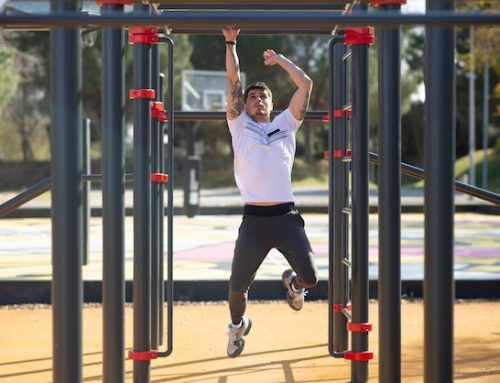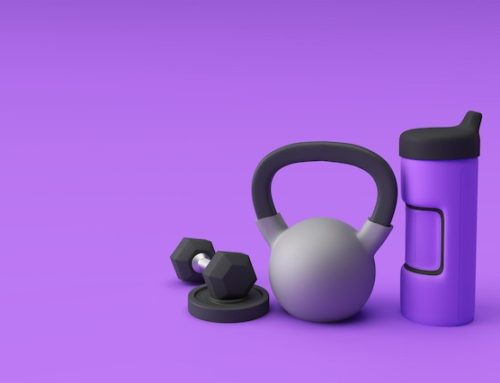What should I do before calisthenics?
Calisthenics is a great way to improve your physical fitness, build muscle strength and endurance, and enhance your overall health. However, before you start a calisthenics routine, it’s important to take certain precautions to ensure that you are physically and mentally prepared to engage in this type of exercise. Here are some things you should do before jumping into a calisthenics routine.
Get a Physical Examination
Before starting any exercise program, it’s important to consult your doctor and get a physical examination. This will help identify any underlying health issues that could affect your ability to participate in calisthenics. Your doctor can also provide recommendations and advice on how to get started safely.
Start Slowly and Gradually Increase the Intensity
Calisthenics requires a certain level of strength and endurance, and if you’re new to this type of exercise, it’s important to start slowly and gradually increase the intensity of your workouts. Begin with some basic exercises such as pushups, squats, and lunges before moving on to more advanced techniques such as pull-ups and handstand pushups.
Warm-Up Properly
Just like any other exercise, calisthenics requires a proper warm-up to prepare your body for the workout ahead. Start with some light cardio exercises such as jogging or jumping jacks, followed by some dynamic stretches to loosen up your muscles and increase blood flow to your body.
Invest in Proper Equipment
While calisthenics exercises don’t require any fancy equipment, it’s still important to invest in proper gear to ensure your safety and comfort during workouts. For example, you might want to purchase a good pair of workout shoes and gloves to provide additional support and grip.
Stay Hydrated
Staying hydrated is crucial during any exercise routine, including calisthenics. Make sure to drink plenty of water before, during, and after your workouts to prevent dehydration and ensure that your body has the necessary fluids to perform at its best.
Get Adequate Rest and Recovery
Calisthenics can be physically demanding, and it’s important to allow your body enough time to rest and recover between workouts. Make sure to take at least one day off each week to allow your muscles to recover and repair.
Listen to Your Body
Finally, it’s important to listen to your body and pay attention to any signs of pain or discomfort during your workouts. If you experience any pain or discomfort, stop the exercise immediately and consult your doctor or a qualified fitness professional.
In conclusion, taking these precautions before starting a calisthenics routine can help you avoid injury and ensure that you get the most out of your workouts. By consulting your doctor, starting slowly, warming up properly, investing in proper equipment, staying hydrated, getting enough rest, and listening to your body, you can create a safe and effective calisthenics routine that will help you achieve your fitness goals.






